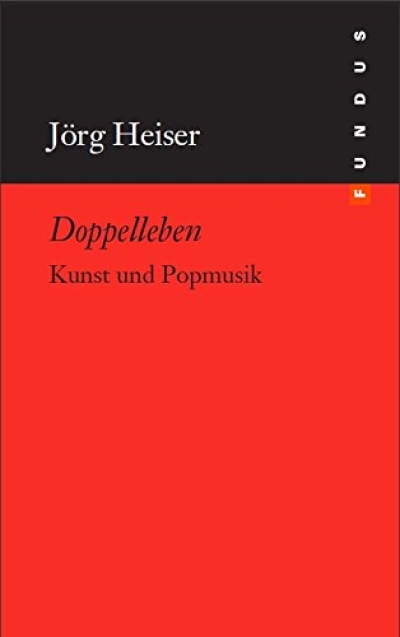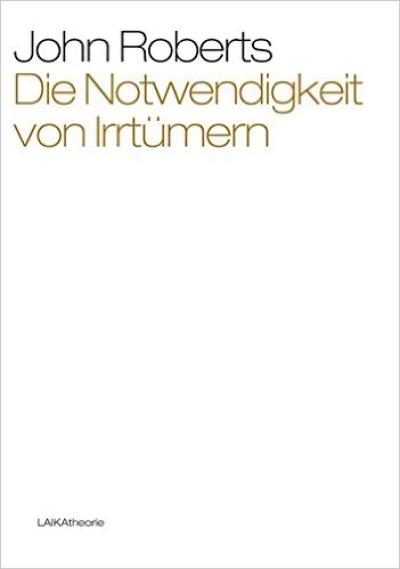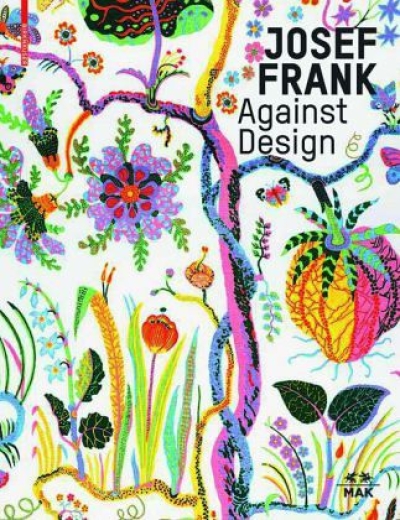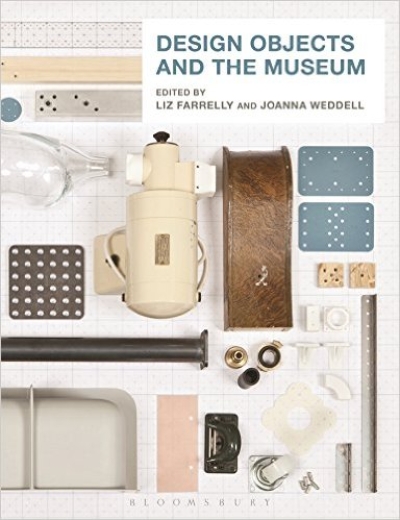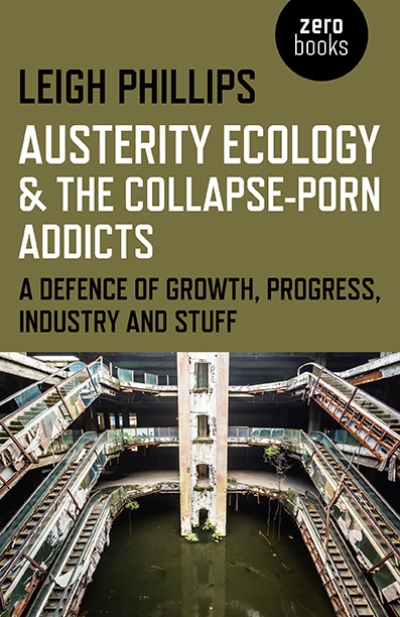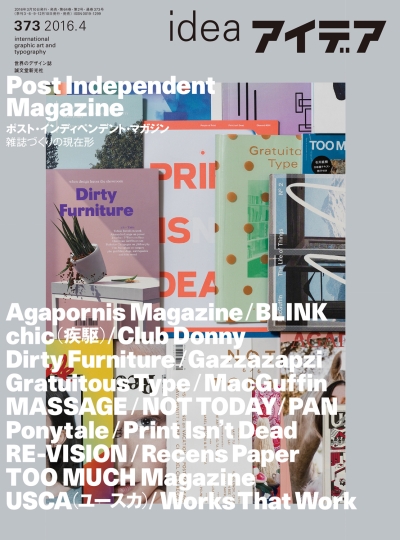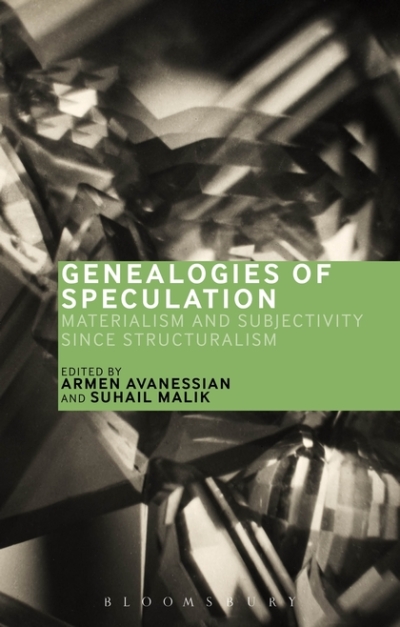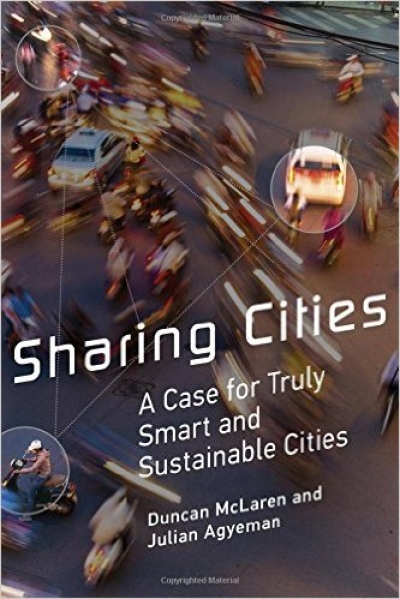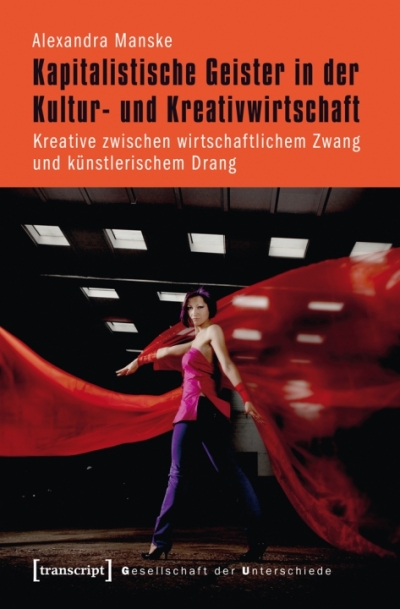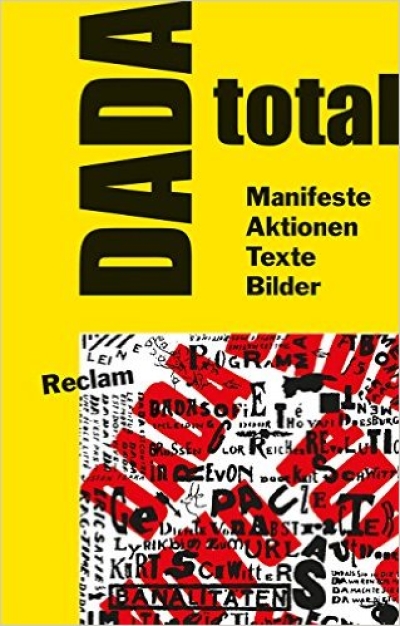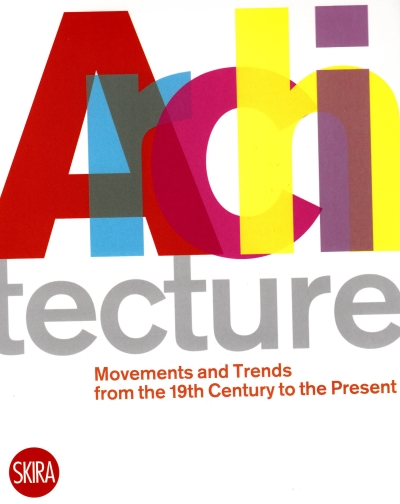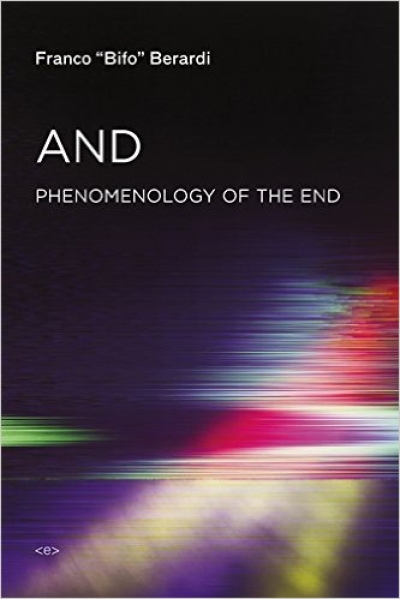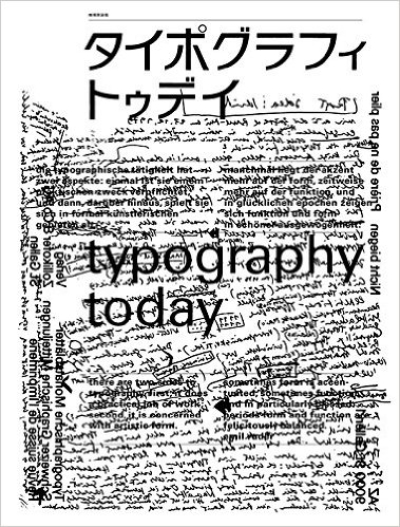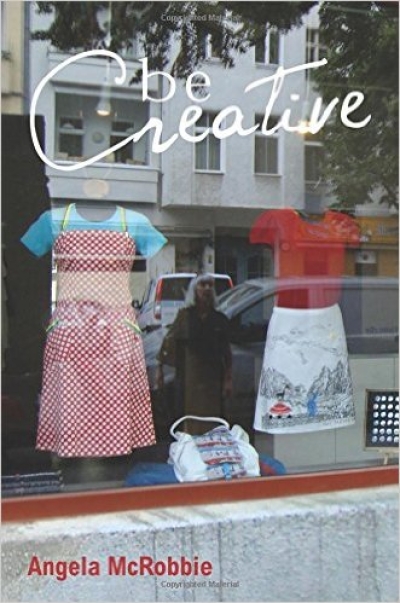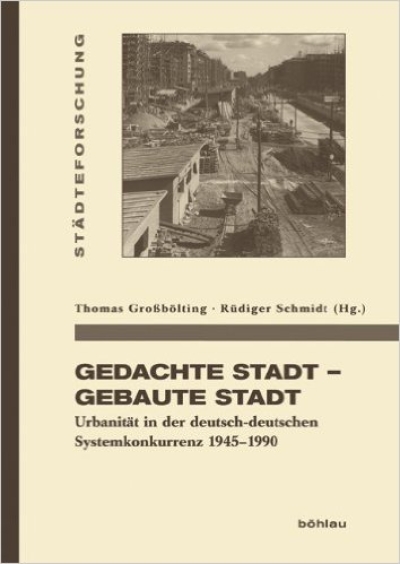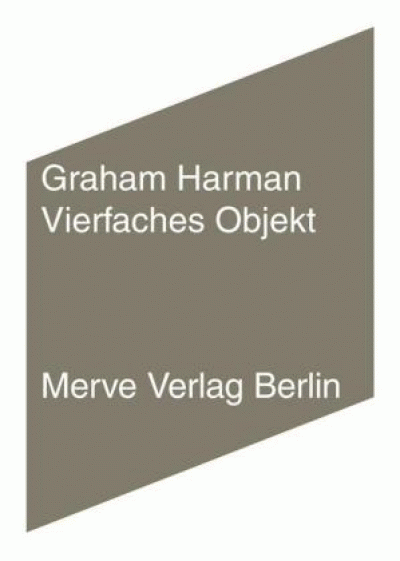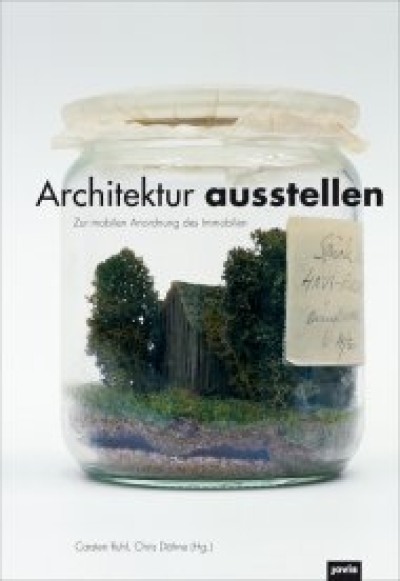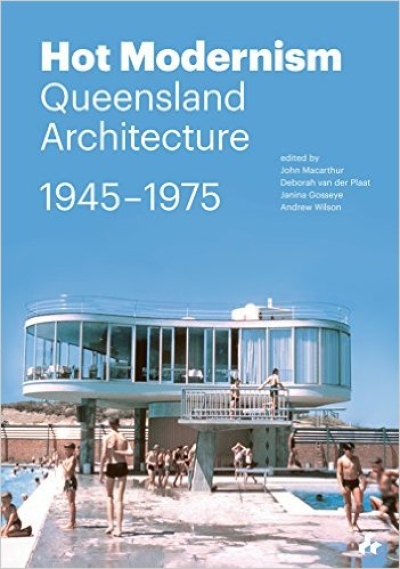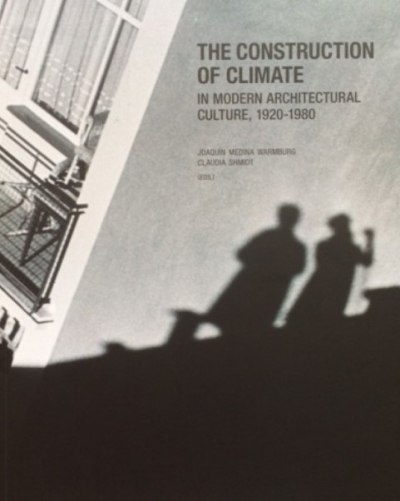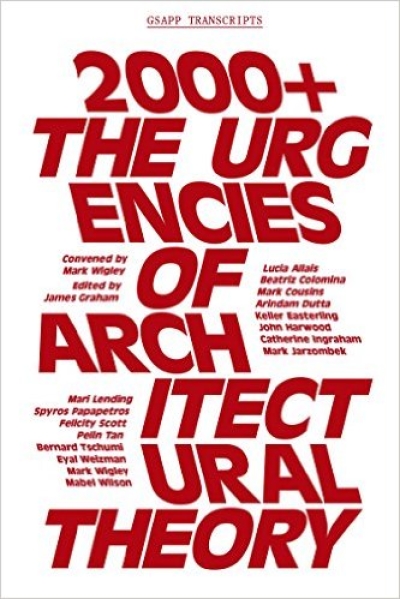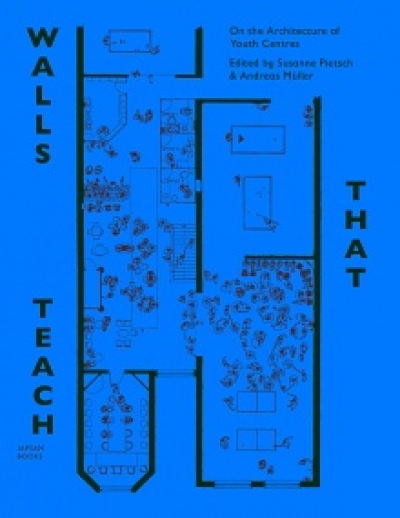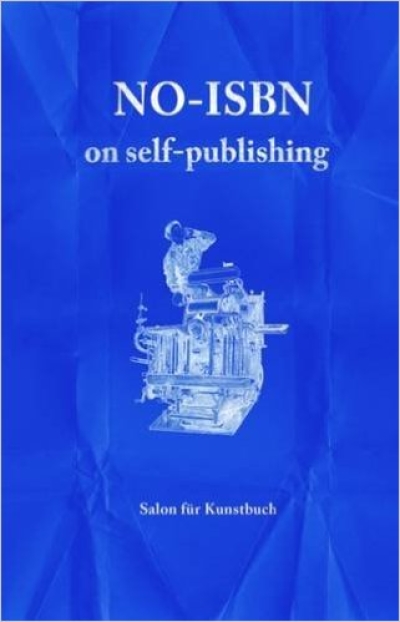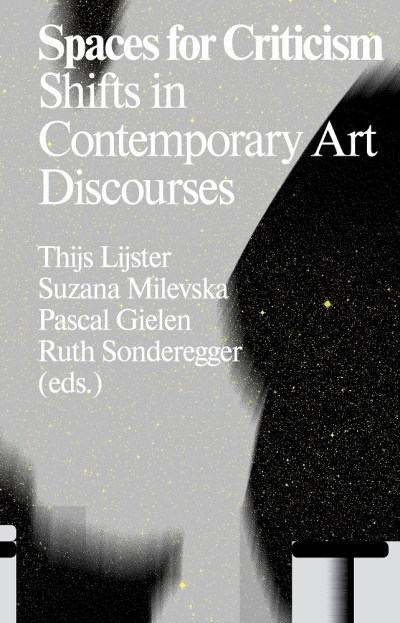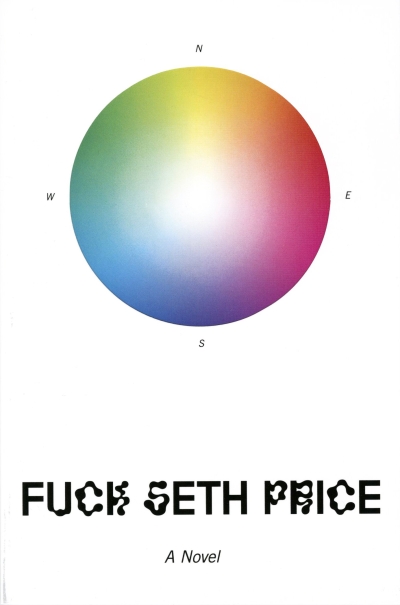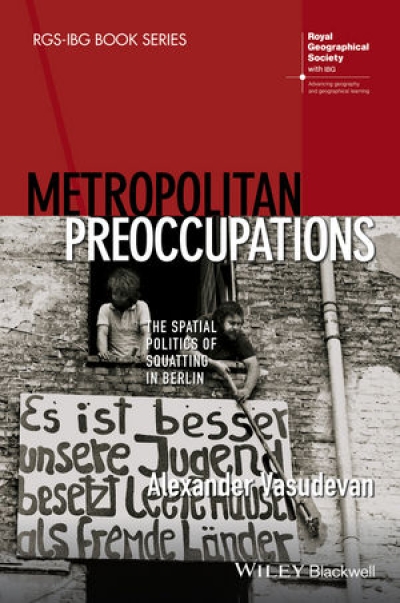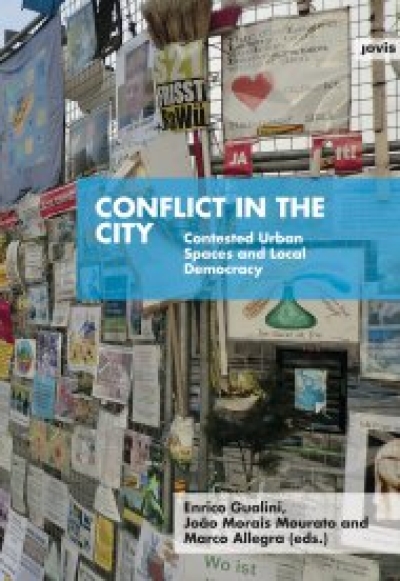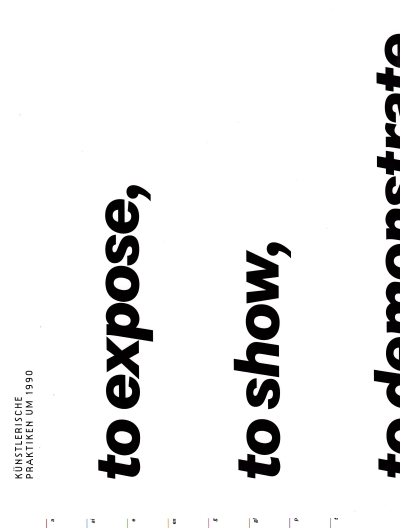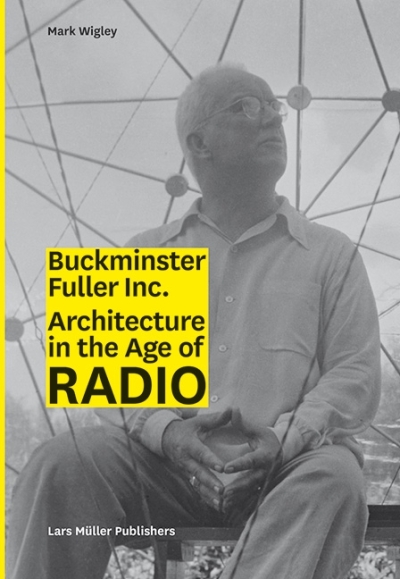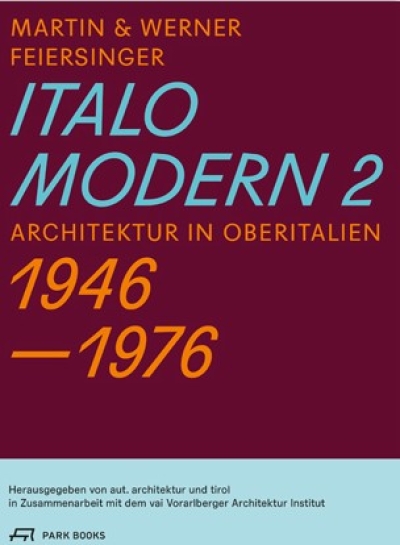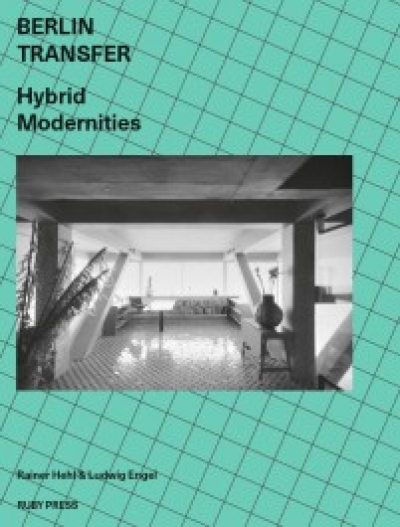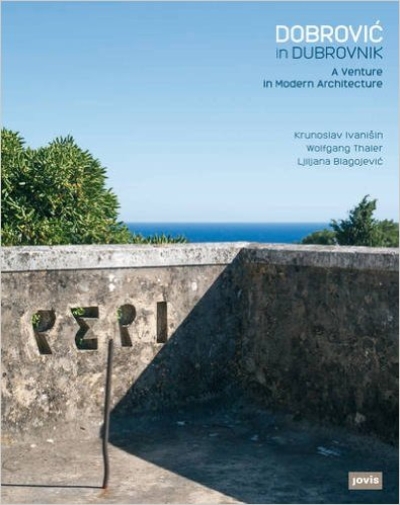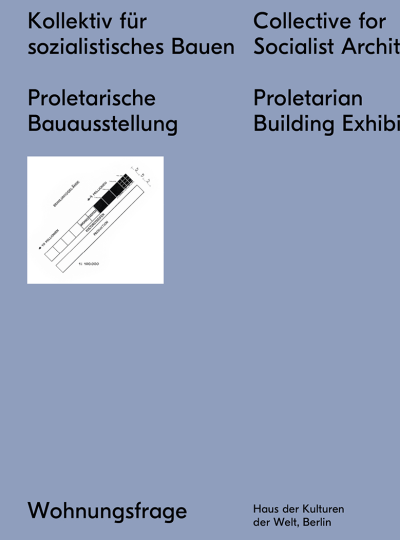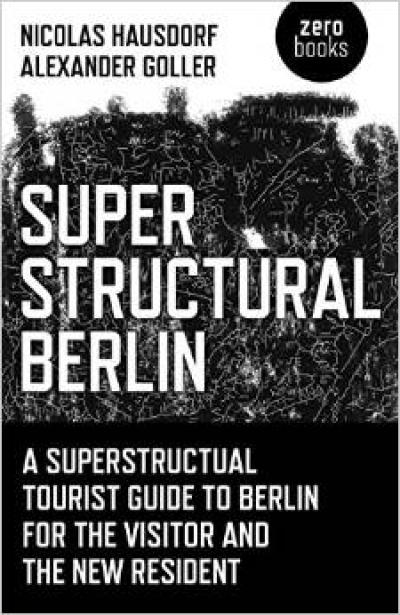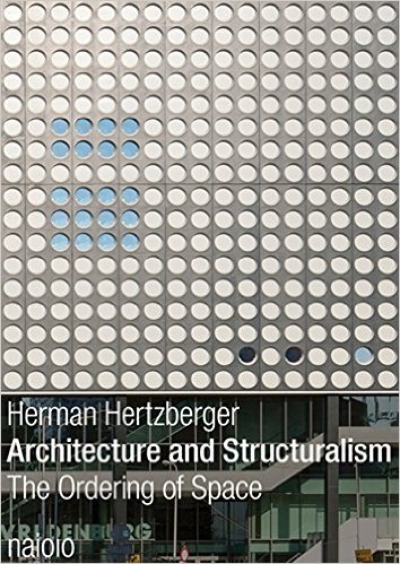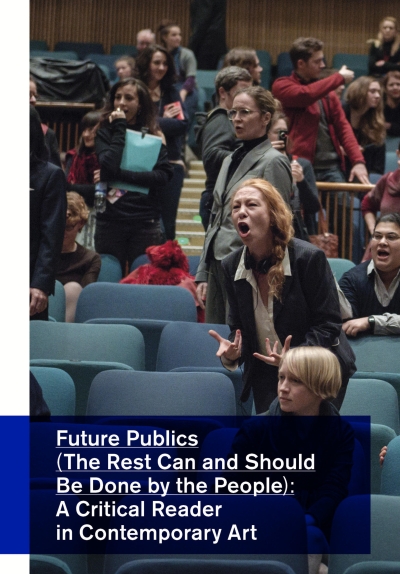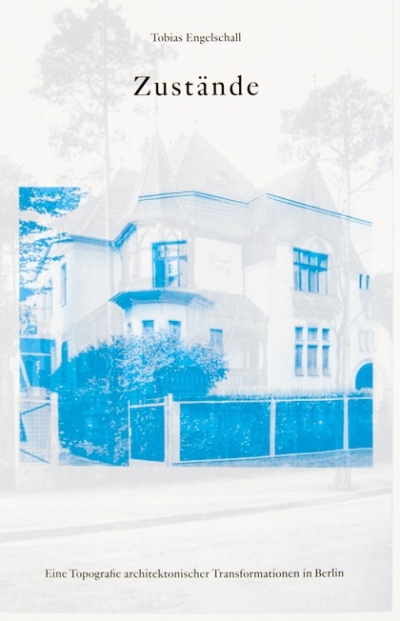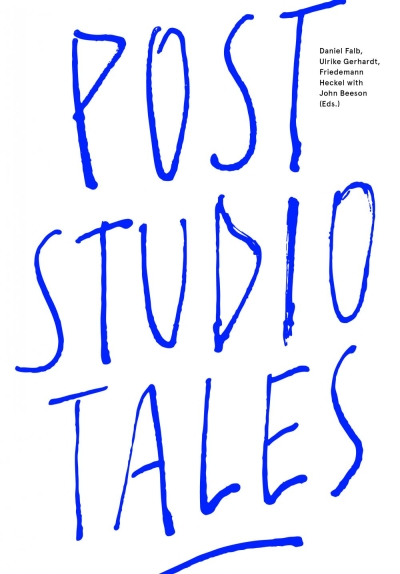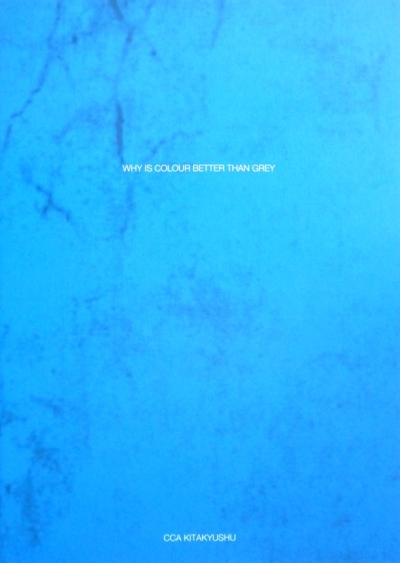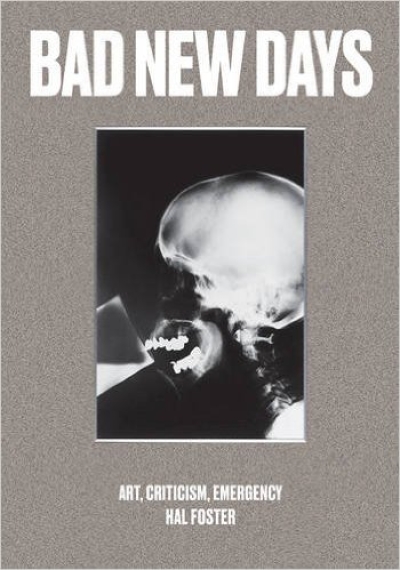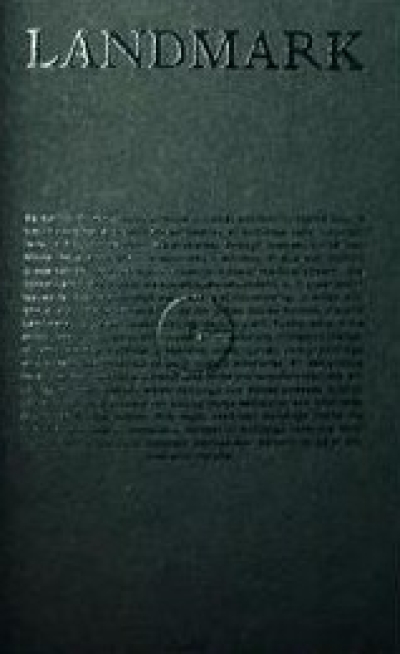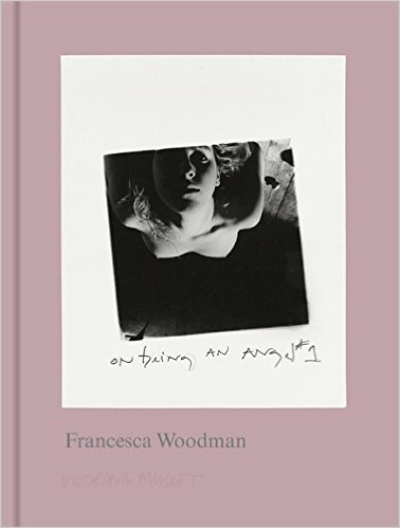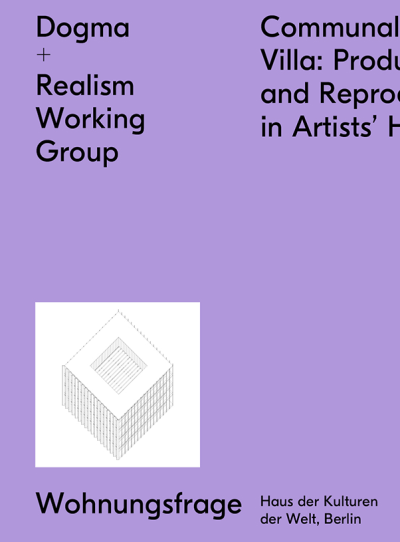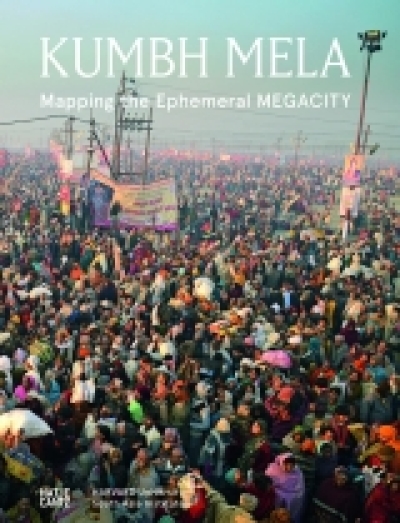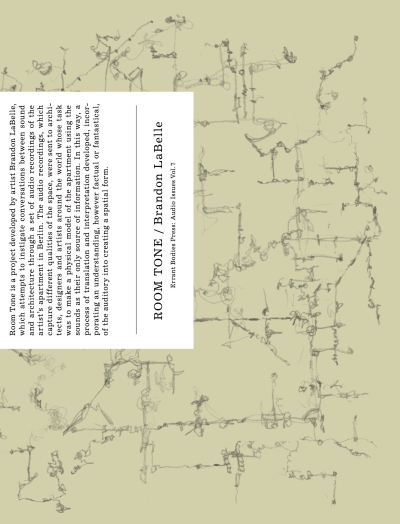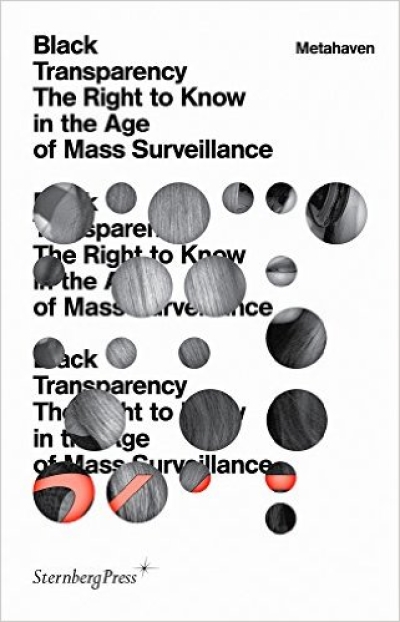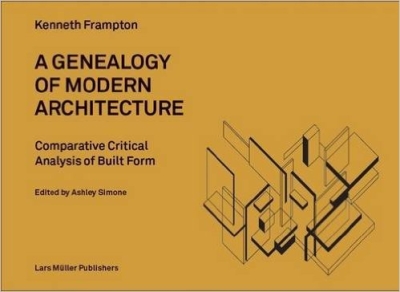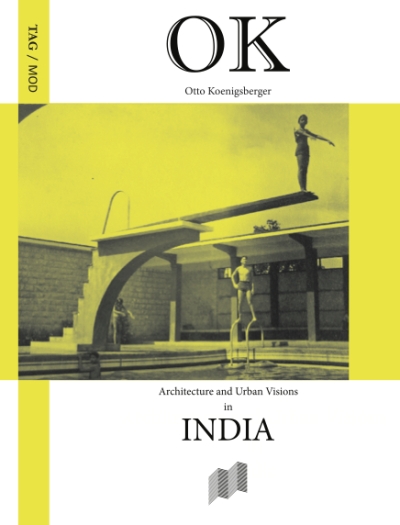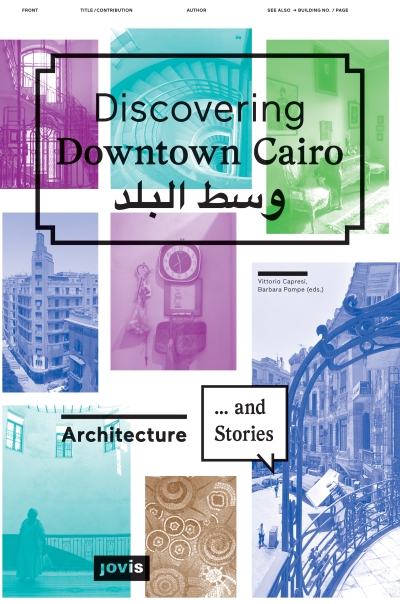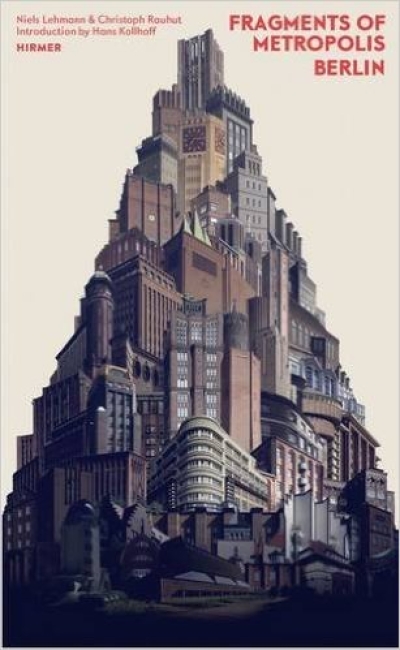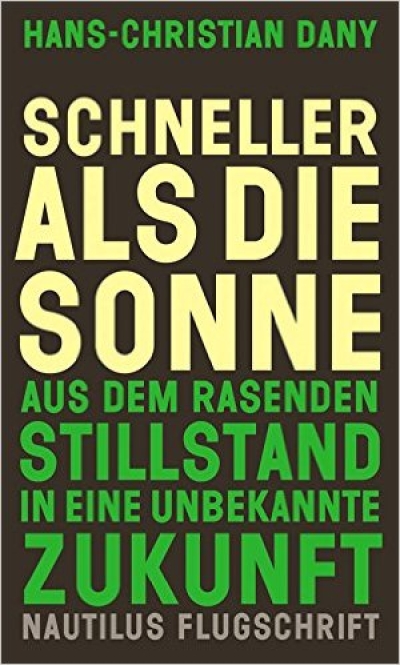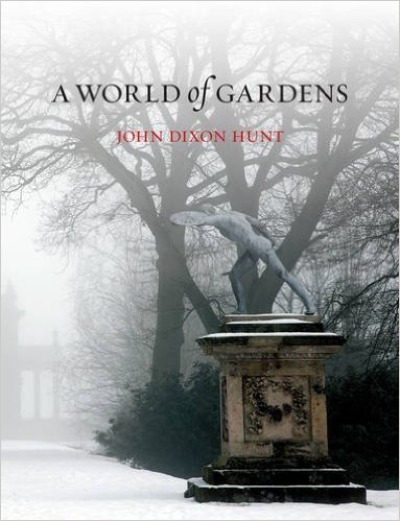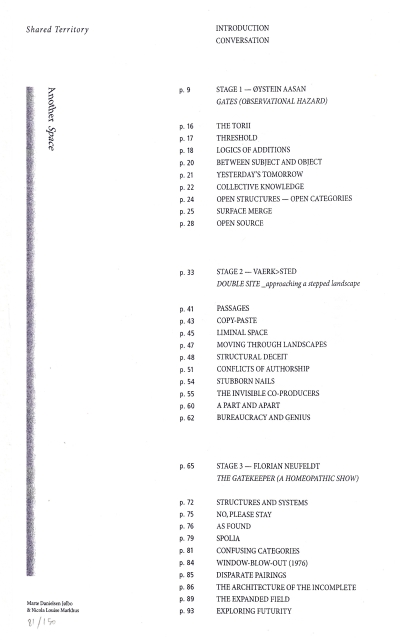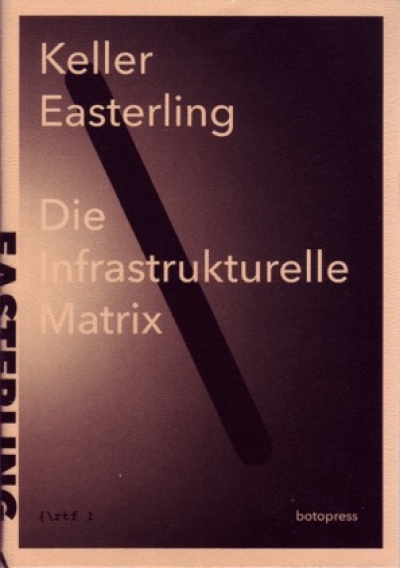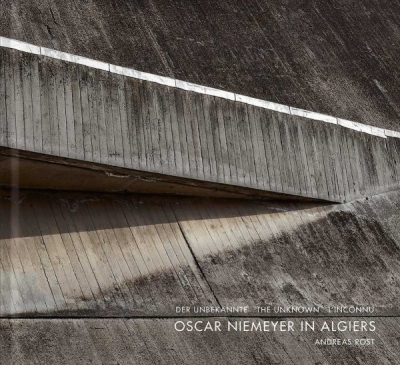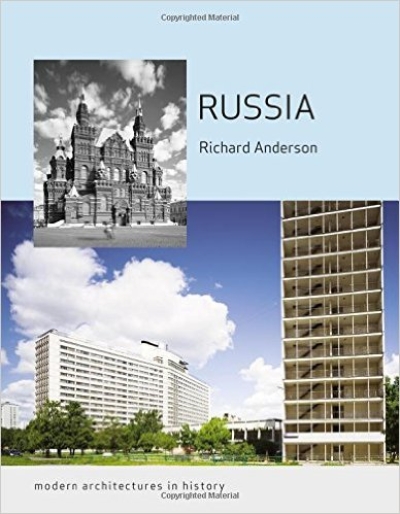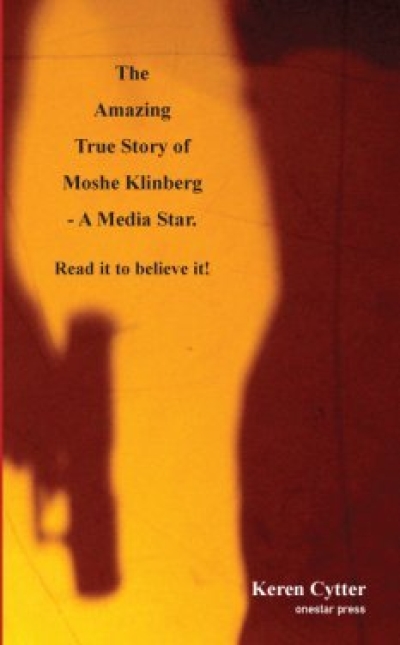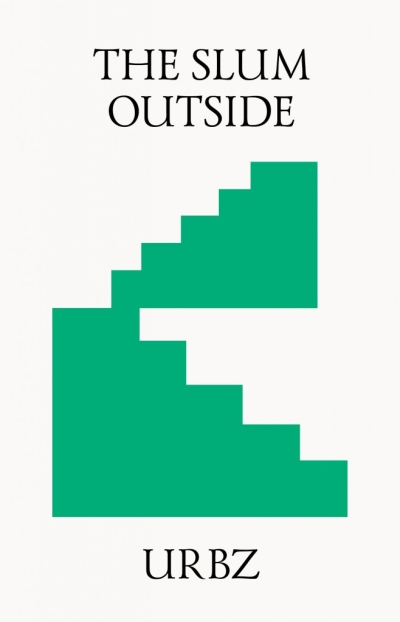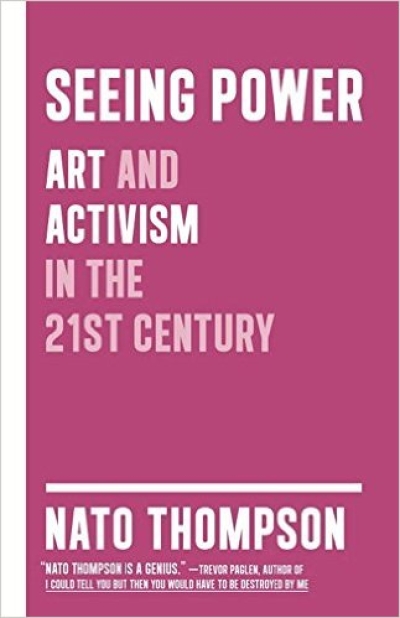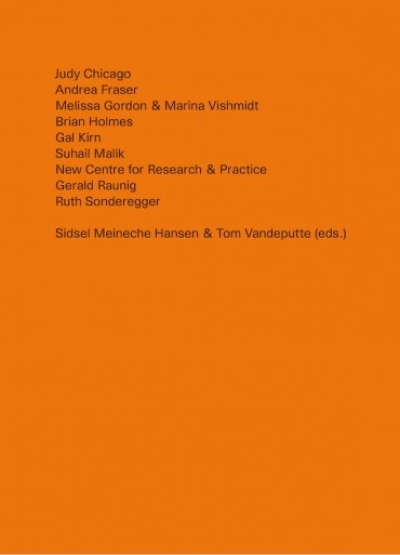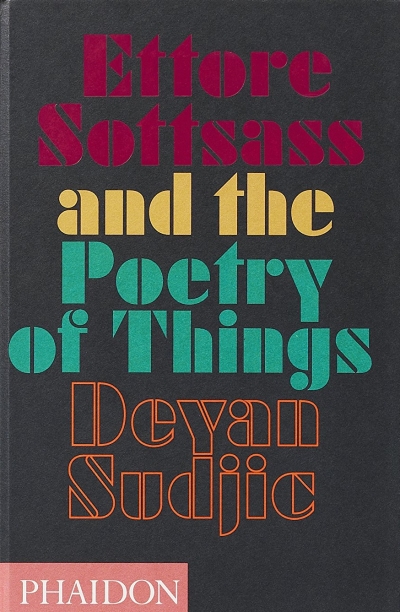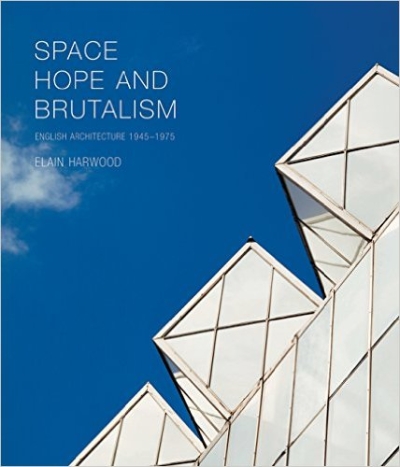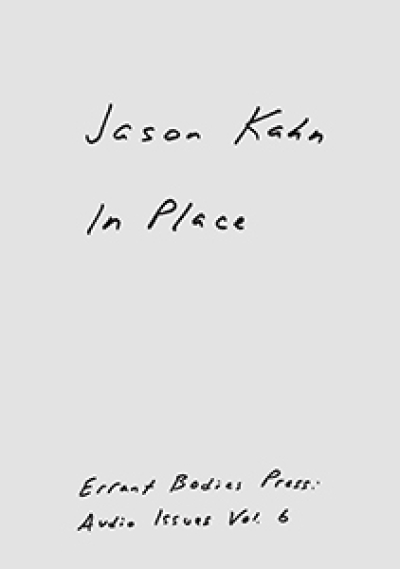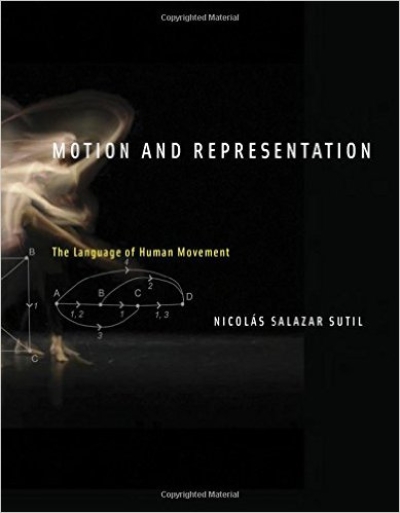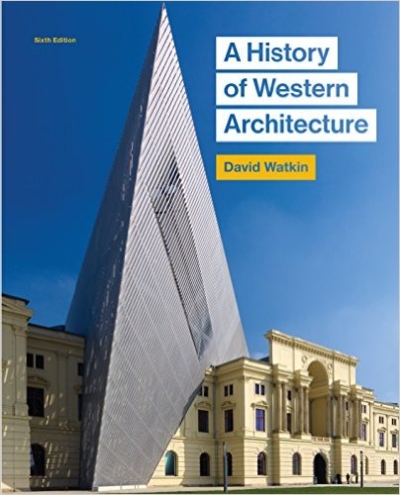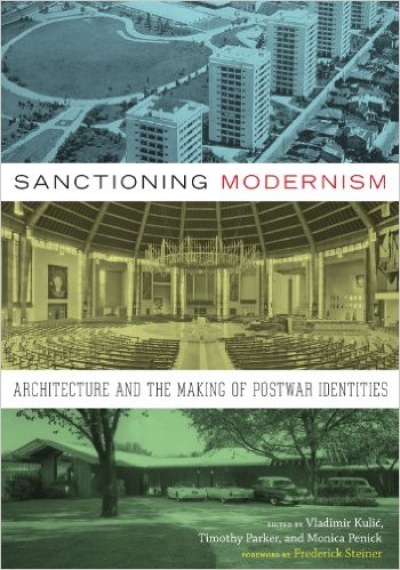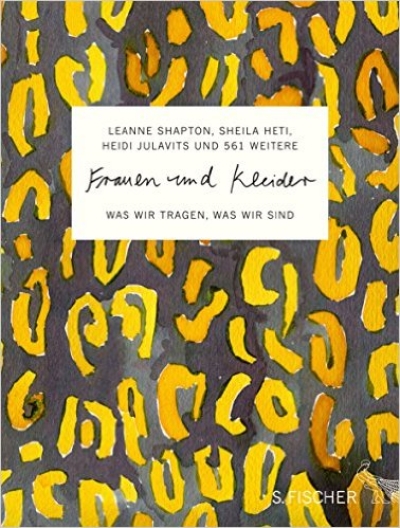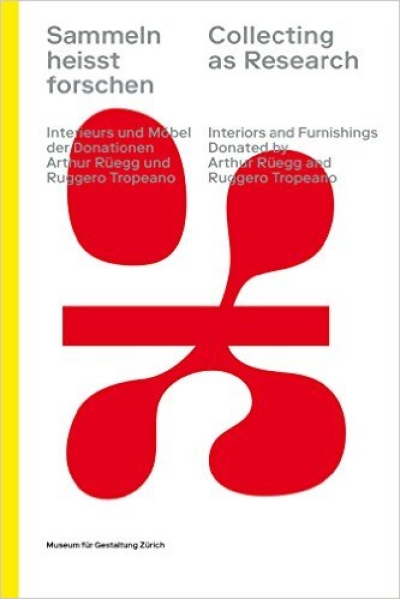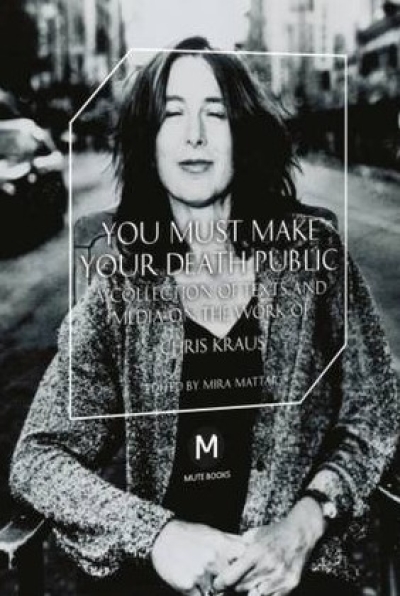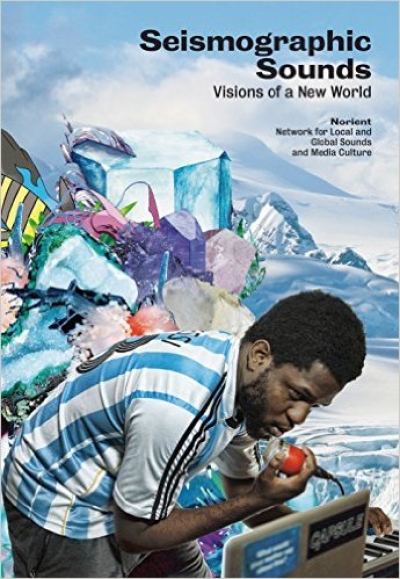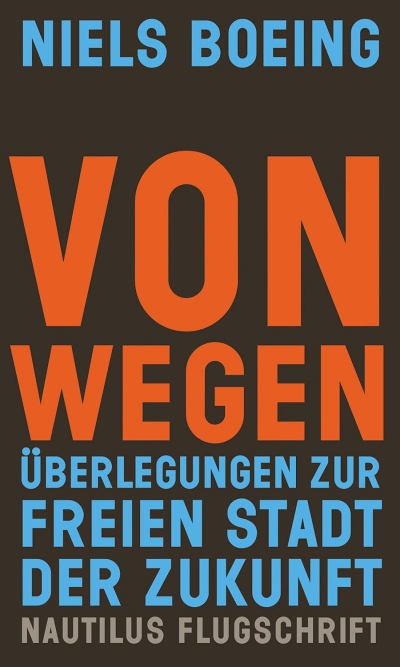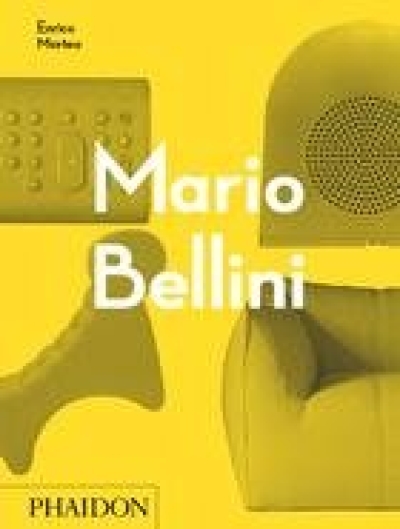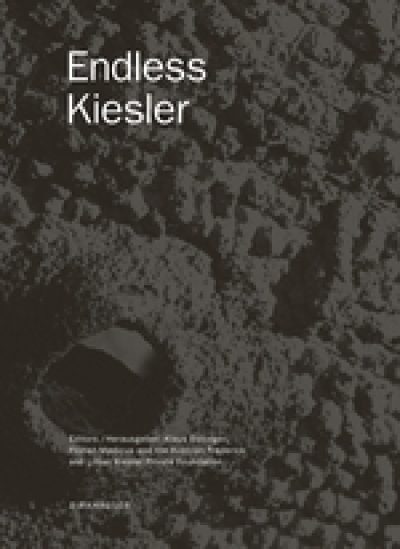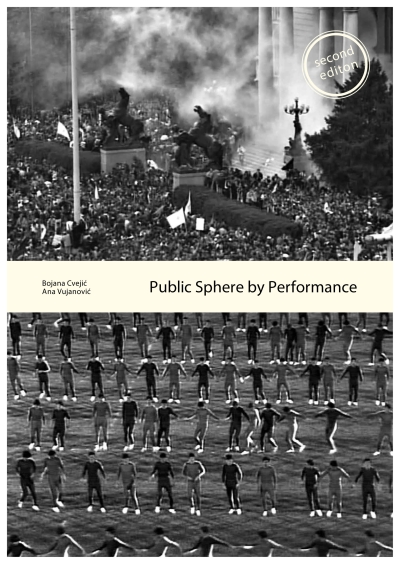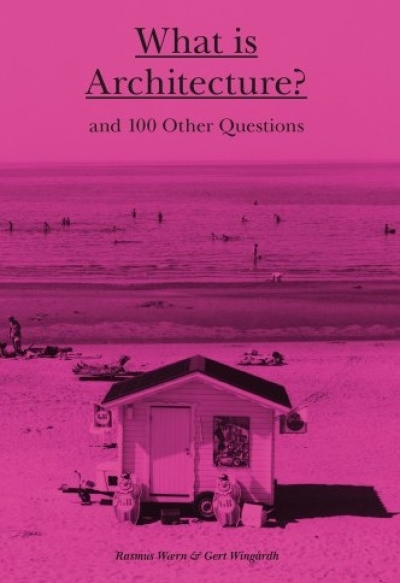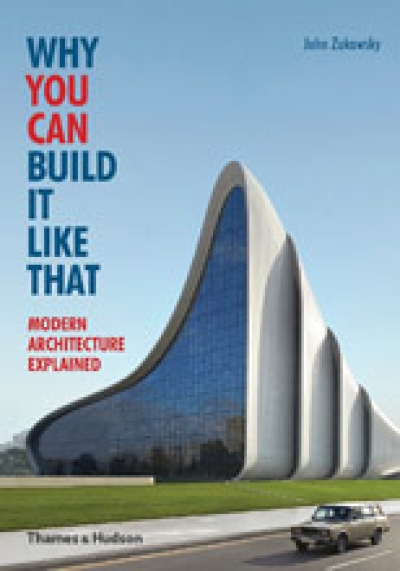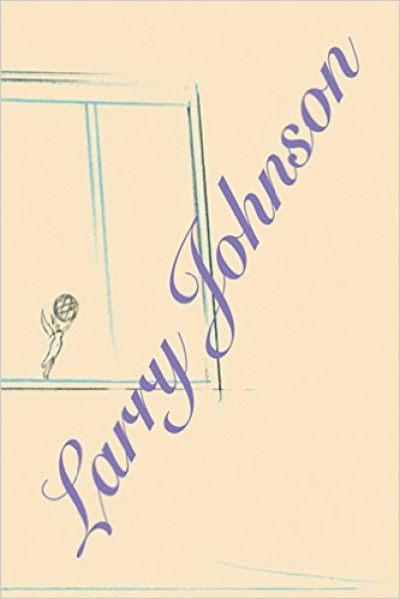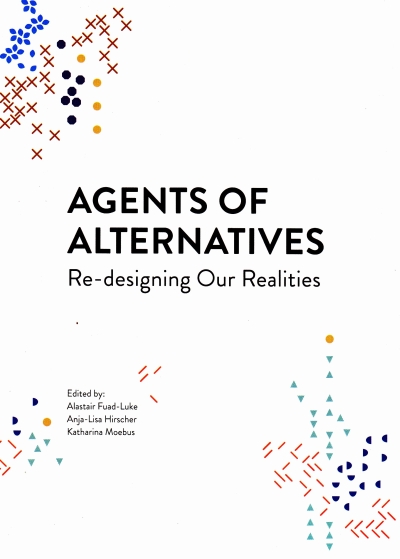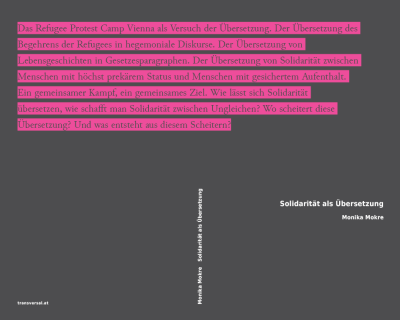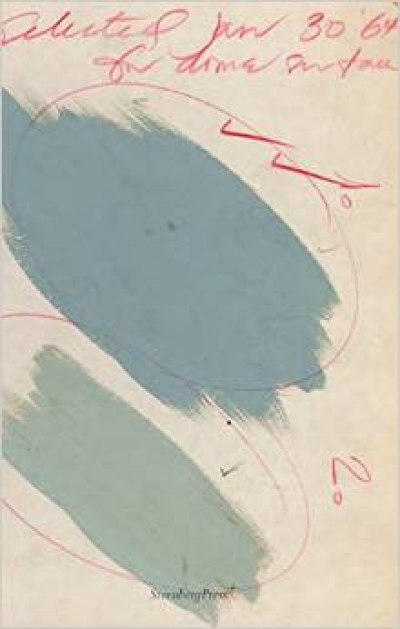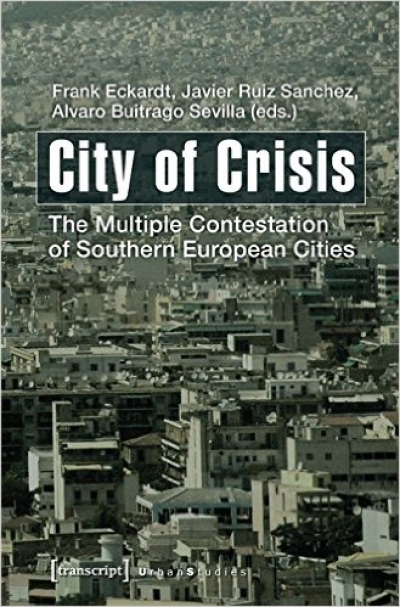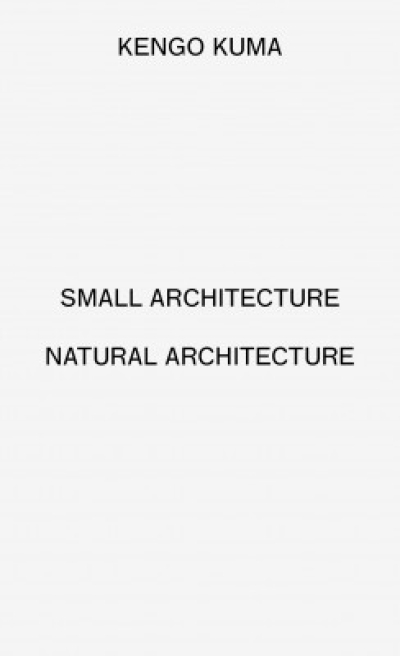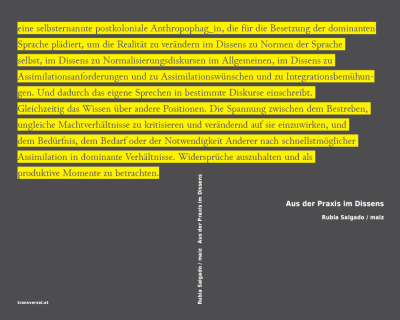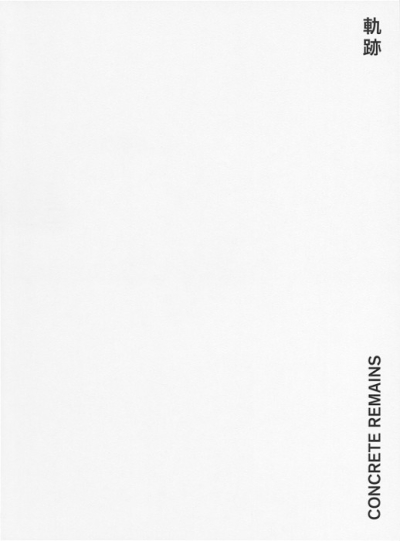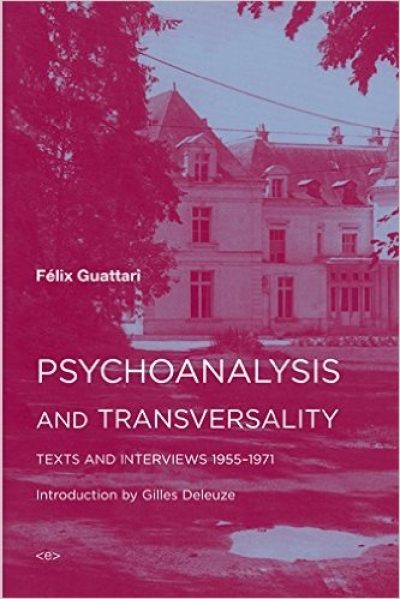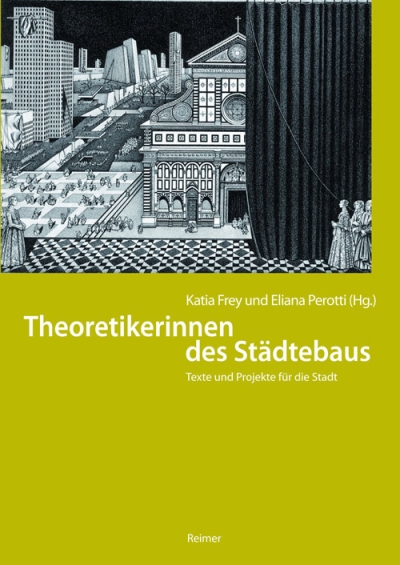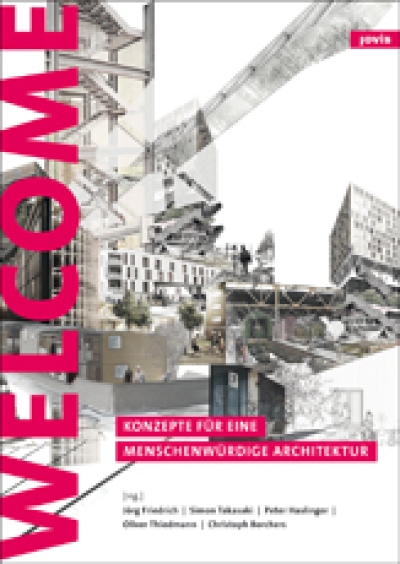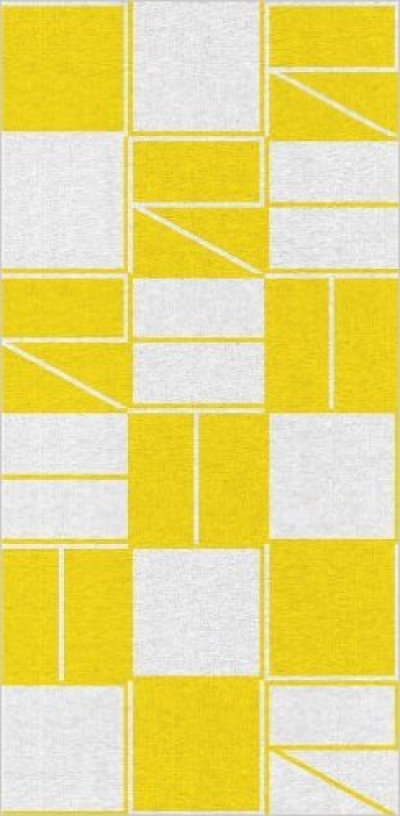
Socialism and Modernity. Art, Culture, Politics 1950 – 1974
The book Socialism and Modernity: Art, Culture, Politics 1950 – 1974, published on the occasion of the exhibition which was under the same name held at the Museum of Contemporary Art in Zagreb (Dec 2, 2011 - Feb 5, 2012), has been conceived as an extension of a perennial research project. This is why this voluminous edition (containing 415 large format pages) offers comprehensive theoretical explanations and systematic research overviews by five authors who gave their personal views on the post-war modernist culture. The edition also contains an extensive bibliography, photo documentation of the exhibition, and other supplementary materials. The authors share the presupposition that this period of Croatian past should not be analyzed from a local, limited point of view, or from the perspective of current political interests, because that kind of approach leads to falsifying history and undermining the value of Croatian own cultural heritage. The authorial team of the exhibition/book analyse the period of modernism in a broader context of Yugoslavian post-war artistic and cultural environment, providing thus the evidence of a dense network of interrelated events, and offering a platform for future discussions about the problems of historization, periodization and contextualization of the modernist heritage.
Tvrtko Jakovina's text „Historical Success of Schizophrenic State: Modernization in Yugoslavia 1945 – 1974“ offers a clear overview which summarizes key historical events, political decisions and meetings, the dynamics of Cold War events as well as their consequences on culture and arts. As if in an exciting crime novel, the article reveals various historical events which influenced cultural „superstructure“ and the artistic expression of the time. Jakovina analyses cultural workers’ “decisive no to the dictate of the socialist realism”. While the ambitious 1965 reforms changed the economy, they also contributed to the flourishing of science and arts. The author concludes with a reminder of how American analysts of the time stated that a small country like Yugoslavia had taken the best from three different worlds – the Socialist, the Western, and the Unaligned – which enabled it to assert itself on the global political map.
Sandra Križić Roban’s article “Modernity in Architecture, Urban Planning and Interior Decoration after the Second World War” investigates ways in which the Zeitgeist and the ideas of progress were reflected in urban planning and residential design. The author claims that in the field of architecture the human character of the socialist culture marked recapitulation of the positive cultural and historical legacy, critical analysis of national and international production, and the definition of methodology as the primary precondition of creation. A balance between function, construction and shape was required, while the idea of movement and development – which was to be expressed through the socialist architecture – had to reflect reality and the potential of all working people. The focal point of this development was the modernist city.
Ljiljana Kolešnik’s text “Conflicting Visions of Modernity and the Post-War Modern Art” analyzes the most dynamic and complex episode in the recent history, which resulted – thanks to the overall optimism of the post-war modernisation and the relentless belief in science and technology – in a modern urban (post)industrial society of the second half of the 20th century. The author claims that the process of the reconstruction of modernism on Croatian art scene ended in mid-50s by reconstructing expressive means of modern art, overcoming the initial resistance towards the abstraction, and by establishing an important relationship of mutual trust between art critique and art itself. This is what made the art scene so interesting and dynamic. In the analyzed period there are several landmark events, some of the most important ones being the exhibition Salon 54 at the Fine Arts Gallery in Rijeka, as well as the activities of groups EXAT 51, Gorgona, New Tendencies movement, and works of many individual artists.
Dejan Kršić’s article “Graphic Design and Visual Communications 1950 – 1975” opens numerous polemical questions about the unsystematicism of the history of Croatian design, while entering sensitive issues of its superficiality, inconsistency, and discontinuity. The author emphasises the fact that – seen within the Yugoslavian framework – social realism had its specificities, meaning it was more a question of institutional organization, or even personal fight for power in the cultural arena, than a question of form. Being engaged with representative state projects, artists were not modernists because they were members of the Socialist Party, but because they were leftists, antifascists, socialists, even communists. However, along with the economic growth, both theory and praxis of design become infused by the economic propaganda and marketing, which changes and complicates their relationships.
Dean Duda in his text “Socialist Popular Culture and (Ambivalent) Modernity” polemically remarks on the theory and the problem of periodization of popular culture. He concludes that in the field of popular culture there are three dominant elements: 1. city as its stage; 2. newspaper kiosk as the realized metaphor of its supply, distribution and wide availability; 3. television as the new medium whose regulated programmed performance fulfils the role of the “popular educator”. The author claims that socialist popular culture is not an exclusive archive, or a nostalgic oasis, which, after its alleged removal from the course of history, can be presented in an unconflicted manner. It is the popular perception which makes the period seem more naive, trivial or simple.
Each article in the book contains detailed bibliography which will serve as a valuable source for further research on the period “when socialism was young”.
